
Having trouble viewing this video? Please visit our Video FAQ page To prime or not to prime…that is the question FineScale Modeler senior editor Aaron Skinner addresses in this episode of Airbrushing with Aaron. It really is a tale of two tanks, as Aaron demonstrates techniques for applying primer to a model railroad […]
Read More…
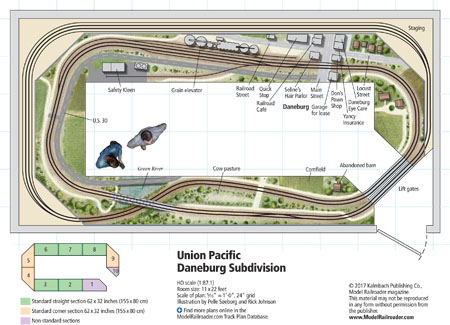
Name: Union Pacific Daneburg Subdivision Layout owner: Pelle Soeborg Scale: HO Size: 11 x 22 feet Prototype: Union Pacific Locale: Freelanced, based on eastern Nebraska and western Iowa Era: present-day Layout style: around the walls Mainline: 60 feet (excluding staging) Minimum radius: 33″ Track: flextrack: code 83 (main), 70 (sidings), and 55 (spurs) Turnouts: no. 6 […]
Read More…
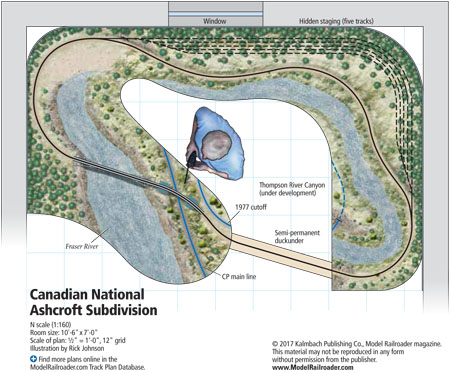
Name: Canadian National Ashcroft Subdivision Layout owner: Scott Lamoureux Scale: N (1:160) Size: 7 x 10 feet Prototype: Canadian National Locale: British Columbia Era: modern Style: around the walls Mainline run: 28 feet Minimum radius: 15″ Minimum turnout: none Maximum grade: none Benchwork: open grid Height: 46″ Roadbed: Woodland Scenics foam Track: code 55 Scenery: […]
Read More…
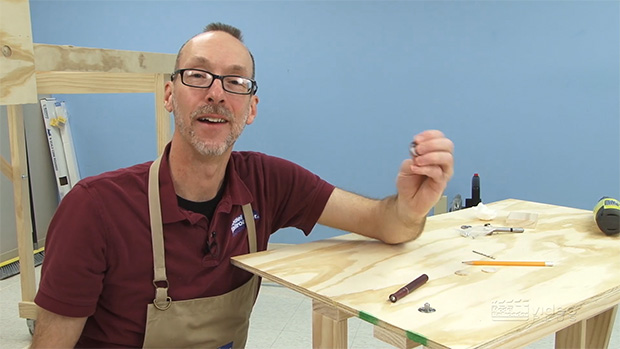
Having trouble viewing this video? Please visit our Video FAQ page Connecting plates and frame sections are in place. Now watch as David shows how to install the steel alignment pins that make it possible to attach the removable section perfectly every time! As a bonus, David also shares a way to reinforce floppy […]
Read More…
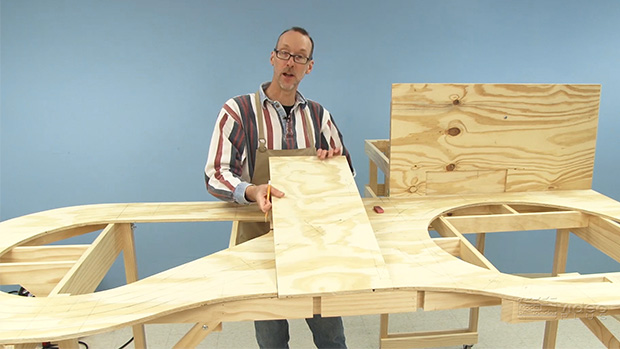
Having trouble viewing this video? Please visit our Video FAQ page Here’s proof that even the best-laid plans can (and do) change! In this episode, David comes to realize that the layout really can benefit from one additional foot of real estate. He’ll show you how to amend the benchwork, and then install a […]
Read More…
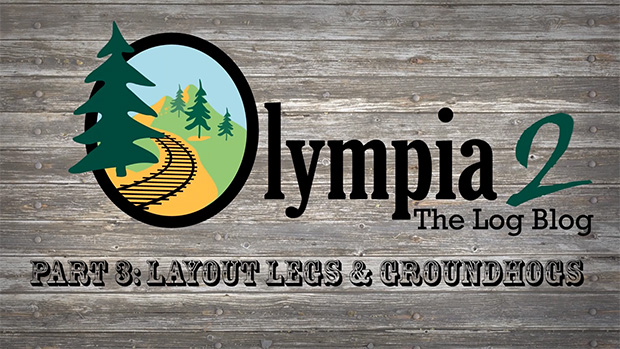
Having trouble viewing this video? Please visit our Video FAQ page In this episode, David Popp attaches legs to the extension of our Olympia Logging Co. On30 display-style layout. Follow David as he shares a few helpful construction tips and tricks he’s learned along the way. Plus, you’ll also get a weather prediction from […]
Read More…
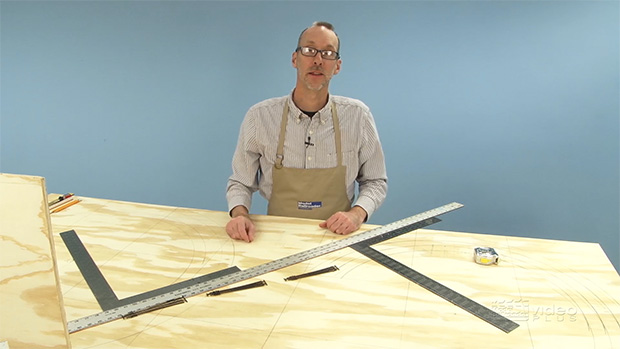
Having trouble viewing this video? Please visit our Video FAQ page The base layer is now in position over the benchwork. In this video, David keeps progress rolling and shows how to transfer the track plan from paper to plywood. After drawing a grid on the wood, David continues by marking centerlines for the […]
Read More…
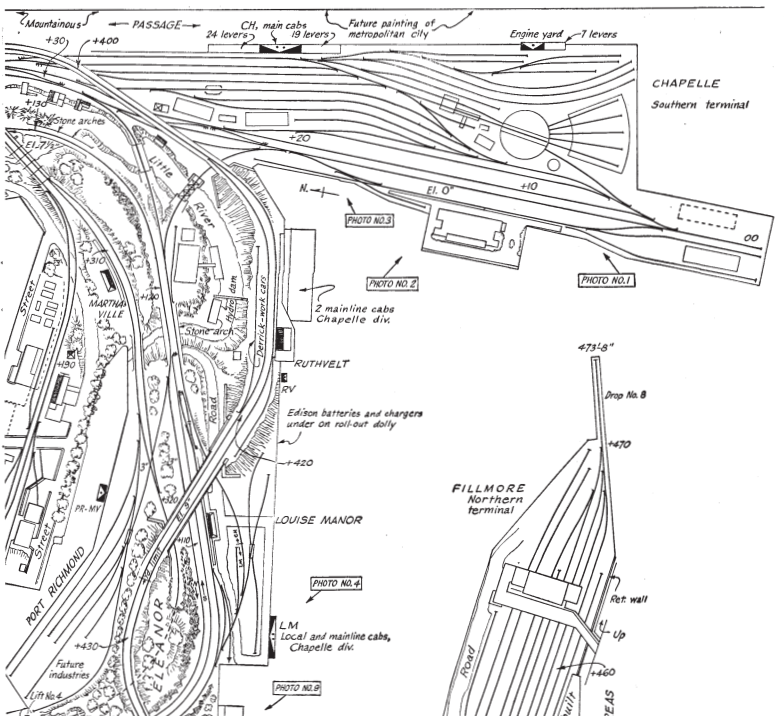
Frank Ellison believed that the purpose of a model layout was to reproduce the operations of real railroads. That way model railroads could entertain individual builders or provide enjoyment for groups of hobbyists taking various roles in a working railroad system. Frank Ellison’s Delta Lines 1944 series, “The Art of Model Railroading” […]
Read More…
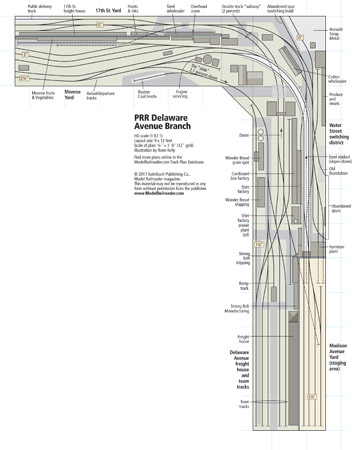
Name: Delaware Avenue Branch Track plan designer: Bille Neale Scale: HO (1:87.1) Size: 9 x 12 feet Prototype: Pennsylvania RR, Delaware Avenue Branch Locale: Philadelphia, Pa. Era: 1920 to 1960 Style: sectional Mainline run: 72 feet Minimum radius: 24″ Minimum turnout: no. 5 Maximum grade: 2.2 percent Train length: 5 feet Height: 0″ to 3.5″ […]
Read More…
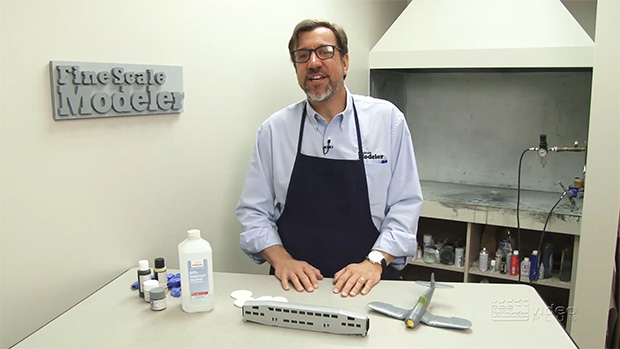
Having trouble viewing this video? Please visit our Video FAQ page FineScale Modeler senior editor Aaron Skinner demonstrates basic techniques for painting with an airbrush. Before walking step-by-step through the painting process, Aaron first shows how to clean and prep plastic models. […]
Read More…
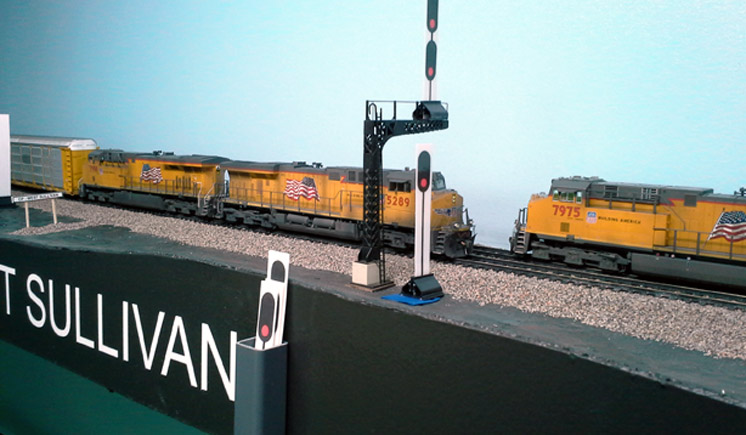
On most operationally based model railroads, a working signal system seems to be on everyone’s wish list. In the April 2017 issue, model railroader Bruce Carpenter describes his novel approach to trying out a signal system using paper signal templates – the Human Model Railroad Interface. Click on the link below to download Bruce’s signal […]
Read More…
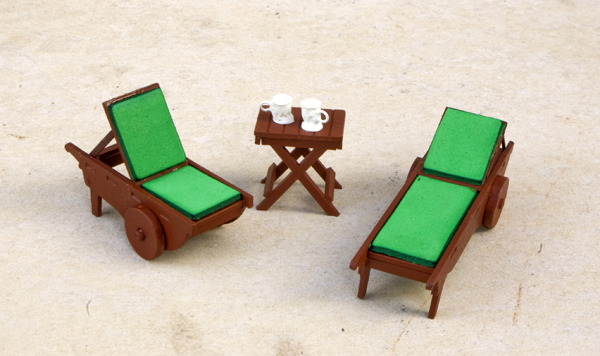
Jack Verducci Download these drawings to build lounge chairs, a table, and Adirondack chairs to detail your railroad. […]
Read More…












